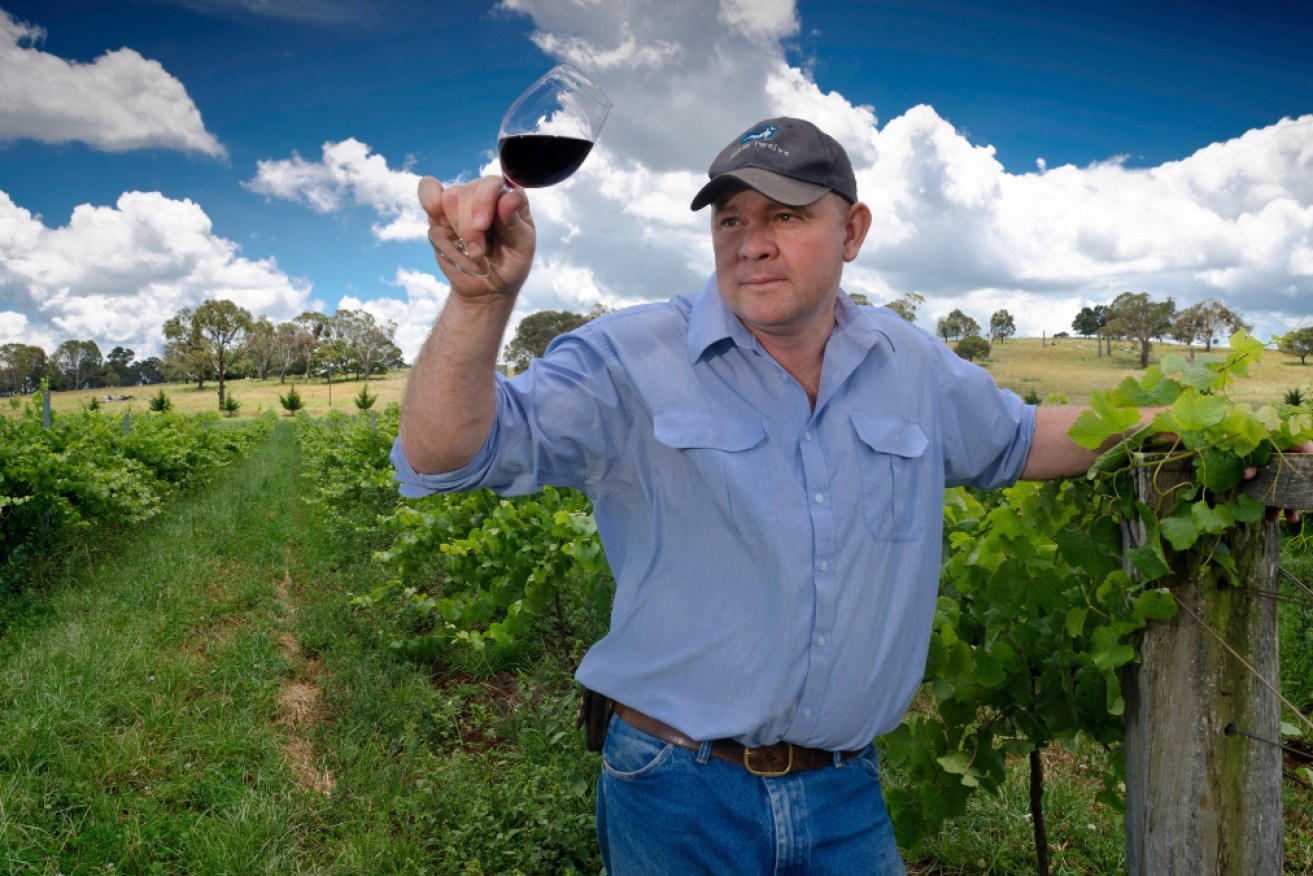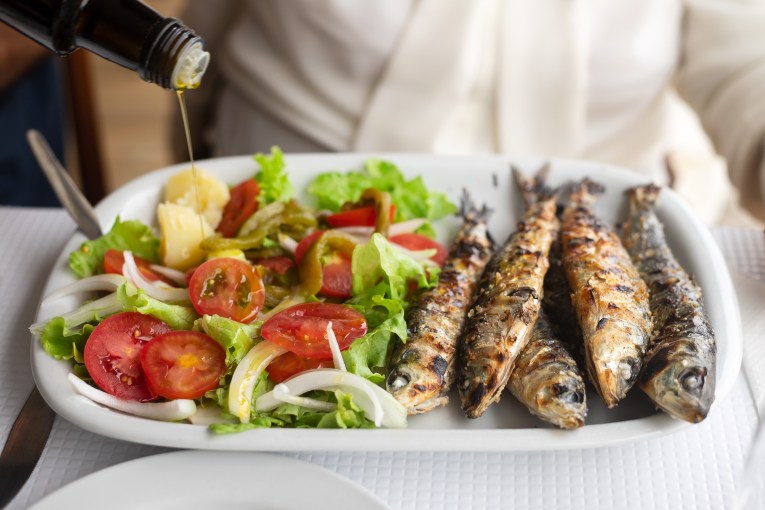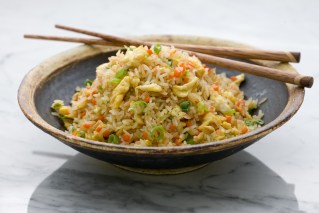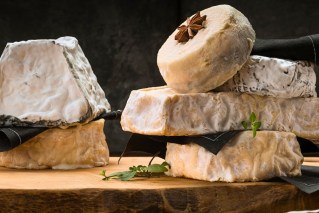James Halliday tells Australians: Drink up and drink local to save our industry


First it was drought, then floods, then fires. Then winemakers faced COVID-19 and China. Photo: Getty
As Australia’s wine industry scrambles to find ways to recoup the gaping hole left by China’s likely trade ban, consumers are being rallied to put their glasses behind local producers.
Should China indeed have frozen the trade deal that sees them import about $1.2 billion of Australian wine a year, Australians have to step up to the plate, industry veteran James Halliday says.
In releasing his famous Top 100 Wines list this year, Halliday reflected on the battles that have hit Australian wine makers, again and again this year.
But before the negative, Halliday impresses on The New Daily: The wines on this year’s list are outstanding, as are the wines Australia continues to produce.
“I just wish I was 30 years younger, so I could see these wines in 20, 30 years time because they are going to be worshipped,” Halliday, 82, says, reflecting particularly on a 2018 shiraz from the Hunter Valley – delightful to drink now, but decades off its “full bloom”.
Producers were already battling droughts – then flooding rains – when a summer of bushfires meant smoke taint decimated crops across the country, mostly in New South Wales.
But despite the challenges, winemakers produced. And they produced well.
The introduction of smart harvesters to the process (where grapes are sorted by machine rather than by human hand) has given winemakers the ability to lift the quality of wine and explore more styles, Halliday said.
It also results in a lower-priced bottle for the consumer.
The resilience of our winemakers is what Halliday believes will get them through the next battle, if it comes to pass.
“China really is the elephant in the room,” he said.
Some 60 per cent of Australian wine is exported, of which China buys 40 per cent. So if it places a ban on those exports (China has not officially declared a ban on Australian wine yet), producers have to find a new home for them.
Although we sell to about 50 countries, Halliday explained, COVID-19 has made strengthening those trade relationships mighty difficult.
Australian winemakers excel in face-to-face sales, he said. No international travel puts a pin in that one.
It’s mostly larger bodies, like Treasury Wine Estates, that export to China.
On the home front, our small and medium-sized wineries – many of them family businesses – rely on straight-to-consumer sales. The cellar door experience.
Again, COVID-19 has hurt that process.
“A lot of wineries rely on cellar doors for sales or for people having once come through, having never forgotten the memory of it, still buying that wine,” Halliday said.
“The absence of travel outside your front door – a lot of wineries have found that difficult.”
Many of these wineries don’t have distribution deals, hence why you won’t find them in a standard bottle shop.
The domestic market must now rally to support our winemakers, from day-to-day consumers to restaurants and retailers.
As restaurants reopen, Halliday says this is where the Top 100 list will become vital to getting those wines to Australians, from those winemakers who have endured so much.
And of course, it gives consumers a chance to taste the best on offer.
James Halliday will present his Top 100 Wines for 2020 in a virtual event on Wednesday, November 25, with guest presenter Katie Spain. It’s part of the Cellardoor Challenge, an initiative to shine a spotlight on the grassroots wine producers of the country. Tickets to the event are available here.








